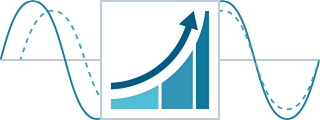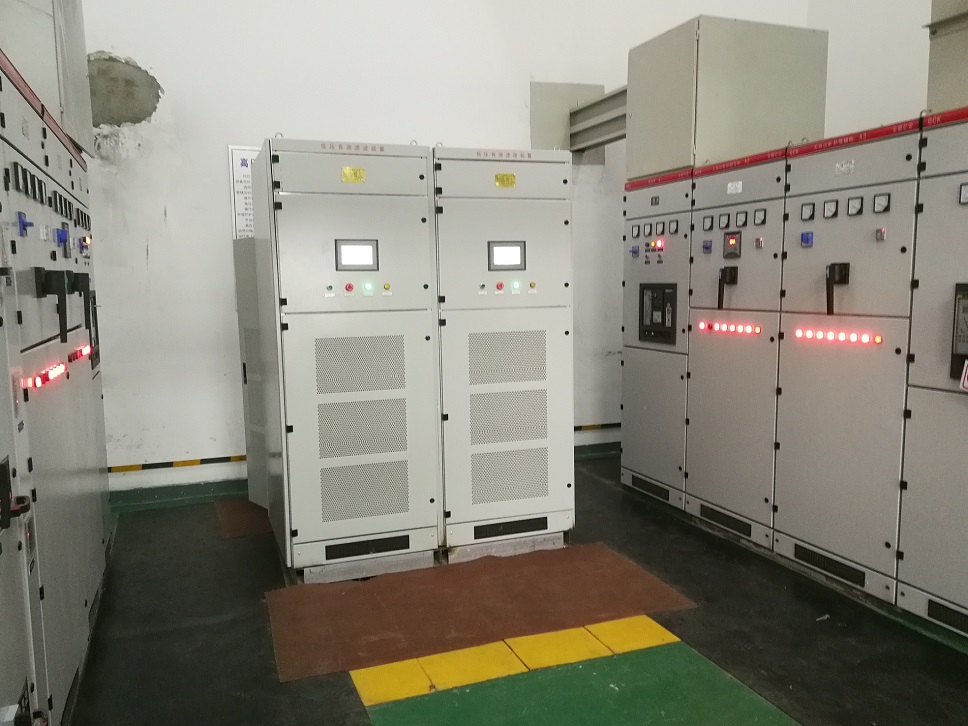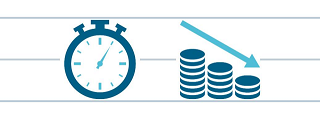Relations between Reactive power,power factor and penalty
Power Factor penalty is spelled out in the contract between the Power Company and Industrial or Commercial customer with large three phase loads. If the contract calls for 85% Power Factor, once the customer’s power factor falls below 85%, the Power Company bills the Customer according to the agreed penalty rates.

Industrial loads are mostly induction electric motors. When these motors are lightly loaded mechanically they contribute reactive power (KVAR) to, and consume energy (KWH) from the Power Supply. When the reactive power or energy is too much the systems power factor become low.
Types of Reactive Power
Inductive reactive power
-
Due to inductive loads.
-
Occurs especially in installations with many inductive loads (including transformers and welding equipment).
-
The current and voltage are not in phase; the current lags behind the voltage
Common Sites: Inductive motors, VFDS
Capacitive reactive power
-
Due to capacitive loads.
-
Occurs especially in installations with a high proportion of electronics. Also found in installations with oversized capacitors.
-
The current and voltage are not in phase; the current leads ahead on the voltage.
Common sites: Wind Farm,Solar plant, high distance transimission
Distortive reactive power
-
Due to harmonic components in the electrical installation.
-
Occurs especially in installations with (many) non-linear loads (rectifiers, frequency converters, UPS).
-
Harmonic currents cause deformations of the current, causing voltage distortion.

We can distinguish the following types of reactive power
-
Shifting reactive power: caused by inductive and/or capacitive loads. These ensure current ‘lags/runs late’ behind the voltage (inductive) or that the current ‘leads/runs ahead’ of the voltage (capacitive).
-
Distortive reactive power: this is the ‘unwanted’ part of the apparent power associated with harmonic pollution caused by non-linear loads.
Reactive Power of Various Loads
-
Motor (no VFD): the reactive power will be positive and will range from roughly the same as the real power for a fully loaded motor to several times the real power for a lightly loaded motor. The power factor of an induction motor varies depending on load.
-
Motor (with VFD): the reactive power will be small and generally negative. The displacement power factor will generally be 0.9 or higher.
-
Fluorescent Lamps: the power factor of older fixture with magnetic ballasts can range from 0.38 to 0.58. Modern electronic ballasts with power factor correction can exceed 0.98.
-
Gas Discharge Lamps:with magnetic ballasts can range from 0.4 to 0.6 and electronic ballasts with power factor correction can exceed 0.95.
-
Incandescent Lamps: the reactive power is roughly –10% of real power, resulting in a power factor around 0.995. We believe this is due to filament heating and cooling during the AC cycle.
-
Incandescent Lamps with Dimmer: the reactive power varies from near zero to a positive reactive value nearly equal to the real power. The power factor varies from near 1.0 to 0.74.
Main benefits of power factor correction
-
Increase the power availability or reduce the size of the electrical installation,
-
reduce losses and as a consequence contribute to the reduction of CO2 emissions,
-
make saving on energy bill when penalties are applied.
Solutions of power factor correction from ZDDQ




